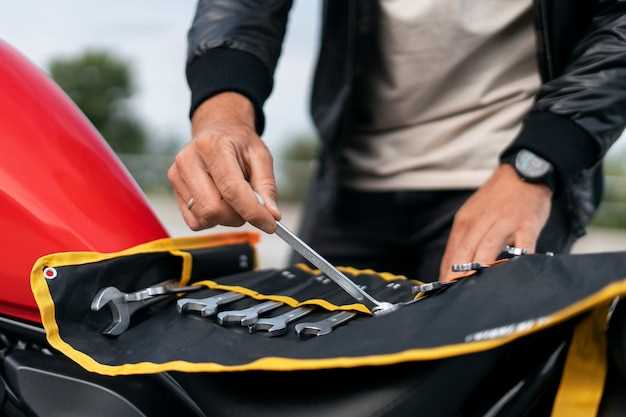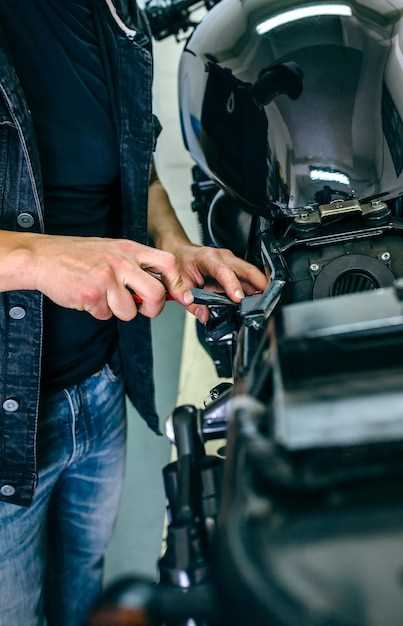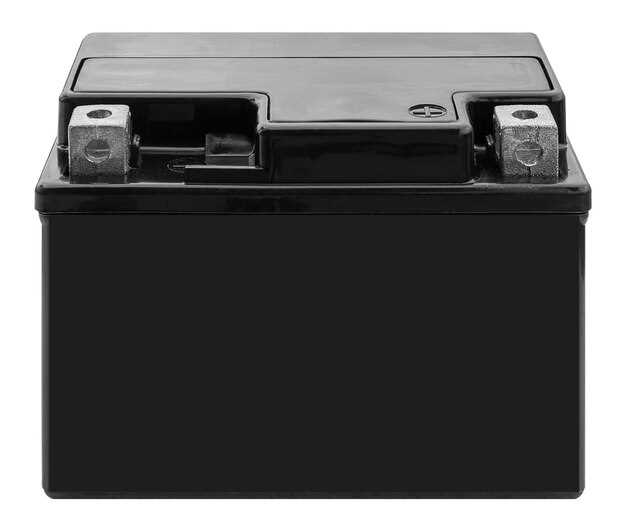

Your motorcycle relies on a reliable battery to provide the power necessary for starting the engine and running electrical components. Over time, even the best batteries can suffer from wear and tear, leading to various issues that may compromise your bike’s performance and safety. Recognizing when it’s time to replace your battery can save you from potential inconveniences and expensive repairs in the future.
One of the most common signs that your battery is failing is a noticeable decrease in its ability to hold a charge. If you find yourself needing to jumpstart your motorcycle more frequently or if your bike struggles to start after sitting for a while, these could be key indicators of underlying issues. It’s essential to evaluate the health of your battery regularly to avoid being left stranded.
Another telltale sign of battery troubles includes physical damage to the battery itself. If you observe any cracks, swelling, or leakage, it’s crucial to address the situation immediately. Such issues not only indicate that your battery has reached the end of its lifespan but also pose safety risks due to the potential for acid leaks or electrical failures. Taking proactive measures can help ensure that your riding experience remains enjoyable and safe.
Weak Engine Crank and Starting Problems
One of the clearest signs that your motorcycle battery may need replacement is when you experience a weak engine crank. This issue often manifests as the engine struggling to turn over or producing a slow, labored cranking sound when you attempt to start your bike.
Weak cranking can be attributed to insufficient battery voltage, which may occur due to age, a depleted charge, or internal damage. If your motorcycle struggles to start, it’s essential to assess the battery’s overall health. Frequent starting problems can create frustration and lead to further complications if left unaddressed.
If you notice that your motorcycle requires multiple attempts to start or exhibits an inconsistent battery performance, consider this a strong indicator of battery-related issues. Addressing these starting problems as soon as they arise can prevent you from being stranded and ensure that your motorcycle remains reliable.
Furthermore, if your motorcycle has access to diagnostics, check for error codes related to electrical issues. This will help confirm whether the problematic symptoms are linked to the battery or another component. If you find consistent signs of weakness in starting, it may be time to invest in a new battery before the situation worsens.
Frequent Electrical Issues and Dimming Lights

If you notice frequent electrical issues while riding your motorcycle, it may be a sign that your battery is failing. Problems such as dimming lights can indicate a lack of sufficient power being supplied by the battery. Below are some common electrical issues that suggest it might be time for a replacement.
- Dimming Headlights: If your headlights become noticeably dimmer, especially at idle, it could mean the battery is not maintaining a proper charge.
- Inconsistent Instrument Panel: If your dashboard lights flicker or fail to illuminate consistently, this may signal battery weakness or issues with the electrical system.
- Weak or Fading Turn Signals: If your turn signals appear weak or slow to respond, the battery may be struggling to supply adequate voltage.
- Starter Motor Issues: A sluggish or unresponsive starter motor can also be attributed to a failing battery, as it may not be able to provide the necessary power to start the engine.
To mitigate these electrical issues and ensure a safe riding experience, consider the following steps:
- Inspect the battery terminals for corrosion or loose connections.
- Measure the battery voltage; a healthy battery should read around 12.6 volts.
- If problems persist, consult a professional mechanic for further diagnosis.
Addressing frequent electrical issues and dimming lights promptly can save you from bigger problems down the road, making battery maintenance essential for motorcycle functionality.
Battery Age and Physical Condition Indicators

The lifespan of a motorcycle battery is generally between three to five years, depending on usage and maintenance. To ensure optimal performance, it’s crucial to monitor its age closely. If your battery is approaching or exceeding the three-year mark, it’s wise to evaluate it for any signs of deterioration.
Physical condition is a strong indicator of a battery’s health. Corrosion around the terminals is a common issue, which can lead to poor connections and starting problems. If you notice white or greenish residue, it’s a sign that the battery may require cleaning, or it could be an indication of a failing battery.
Additionally, swelling or deformation in the battery casing is a serious concern. A bloated battery suggests internal damage or excessive heat exposure, which can lead to leakage. This not only compromises the battery’s functionality but can also pose safety risks.
Leaks are another critical sign of battery failure. If you observe any fluid escaping from the battery, it’s imperative to replace it immediately, as this can affect other motorcycle components.
Lastly, measuring the voltage output can provide valuable insights into the battery’s health. A fully charged motorcycle battery should read around 12.6 to 12.8 volts. If the reading drops below 12.4 volts, the battery may be underperforming and could require replacement soon.
In conclusion, regularly checking both the age and physical condition of your motorcycle’s battery is essential for maintaining reliable performance. Paying attention to these indicators can save you from unexpected breakdowns and ensure a smooth ride.
